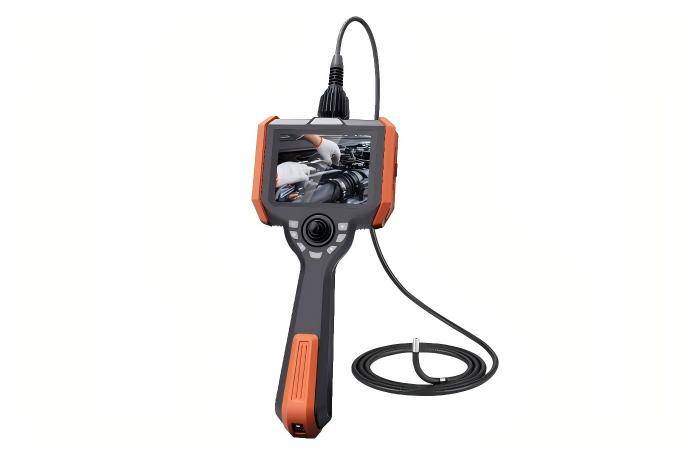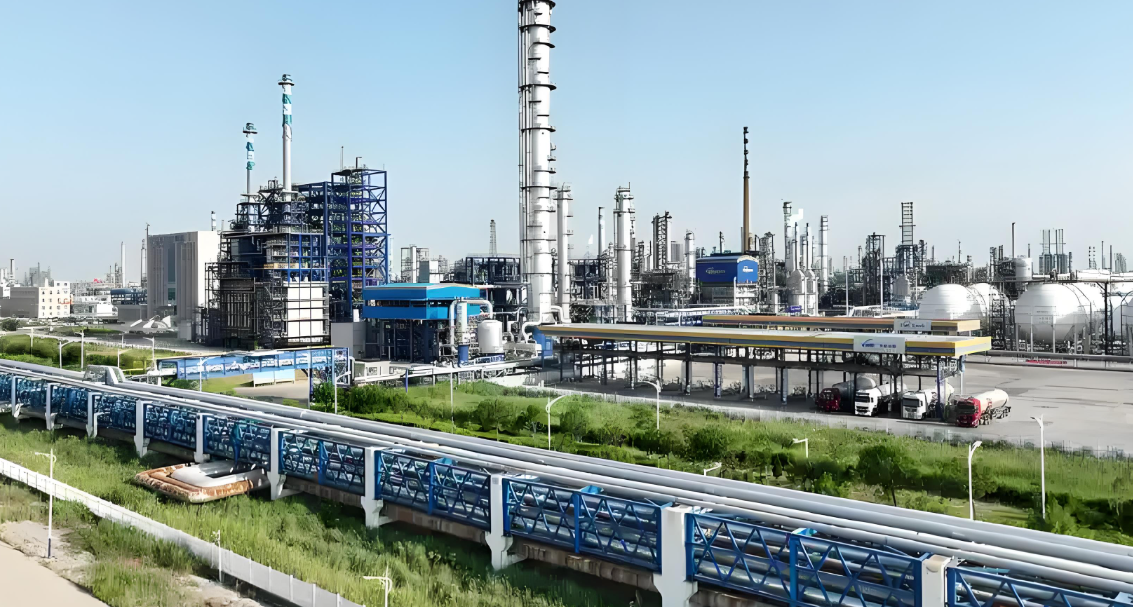Want to know more?
Don't miss any product updates on our industrial borescopes

Industrial borescope
solution service provider
Company Address
Office : 18F, Pingshanshouzuo, Pingshan District, Shenzhen,Guangdong
Contact Info
Ph: +86-0755-89588241

Industrial endoscopes are widely used in the field of heavy industry. With the advantages of non-destructive and visual detection, they can conduct in-depth observations inside the equipment, discover potential problems in a timely manner, and ensure the safe operation and production efficiency of the equipment. The following are its specific application scenarios and functions in various sub-sectors of heavy industry:

Application scenario: inspect key components such as turbine blades, combustion chambers, and nozzles inside aircraft engines.
Specific application:
Observe whether the blades have cracks, wear, corrosion, or foreign matter accumulation to avoid engine failure due to component damage.
Check the carbon deposits and ablation inside the combustion chamber to ensure combustion efficiency and engine performance.
Technical requirements: It is necessary to be equipped with high-resolution lenses and flexible ducts to adapt to the complex internal structure of the engine (such as narrow pipes and curved paths). Some scenarios require high-temperature resistant probes.
Fuselage structure inspection
Application scenario: inspect the welds and bolted joints inside the aircraft fuselage skin, landing gear compartment, and wing.
Specific application:
Discover fatigue cracks and welding defects (such as cold welding and pores) of structural parts to prevent structural damage to the fuselage.
Check the aging of seals to avoid fuel and hydraulic oil leakage.
Thermal Power Equipment Inspection
Boiler Inspection:
Observe the scaling, corrosion and cracks on the inner wall of the boiler pipe to prevent pipe burst accidents; inspect the wear of the elbow of the furnace pipe to evaluate the life of the equipment.
Turbine Inspection:
Check the wear, cracks and foreign matter adhesion of turbine blades and rotors to avoid downtime due to component failure.
Nuclear power equipment inspection
Application scenario: Internal inspection of nuclear power plant pressure vessels and steam generator pipelines.
Technical features: It is necessary to meet the inspection requirements in high-radiation environments, the equipment must have radiation resistance, and the inspection process must comply with strict safety regulations.
Pipeline and Container Inspection
Application scenario: Detect corrosion, scaling and cracks inside oil pipelines, oil storage tanks and reactors.
Specific role:
Discover the hidden dangers of corrosion and perforation of the inner wall of the pipeline in time to avoid environmental pollution and economic losses caused by crude oil leakage.
Check the damage of the agitator and lining inside the reactor to ensure the safety of chemical reactions.
Refining Equipment Inspection
Application scenario: Internal inspection of catalytic cracking units and heat exchanger tube bundles in refineries.
Technical requirements: The probe must be resistant to oil and gas corrosion, and some scenarios require explosion-proof design (such as flammable and explosive environments).
Blast Furnace and Rolling Mill Inspection
Blast Furnace Internal Inspection:
Observe the wear and nodule of refractory materials on the blast furnace wall, and adjust the production process in time to avoid burning through the furnace wall.
Roller Inspection of Rolling Mill:
Detect cracks and wear on the surface of the roller to ensure the quality of steel rolling.
Pressure vessel and pipeline inspection
Application scenarios: Internal defect inspection of steelmaking furnaces and gas pipelines.
Typical case: Use endoscope to inspect the weld quality of gas pipelines to prevent gas leakage from causing safety accidents.
Ship engine inspection
Application scenarios: Detect cylinders, pistons, cylinder liners and other components of ship diesel engines.
Specific applications:
Observe the cylinder pull and wear marks on the inner wall of the cylinder to evaluate the engine performance degradation.
Check the sealing status of the piston ring to avoid power loss and fuel leakage.
Hull structure inspection
Application scenarios: Corrosion and crack detection of hull welds and internal structures of cabins, especially ships in marine environments, need to focus on seawater corrosion.
Application scenarios: During the assembly of large equipment such as shield machines and mining machinery, check the internal bolt tightening and gear meshing status.
Function: Avoid equipment failures during operation due to assembly defects (such as gearbox oil leakage and bearing overheating).
Equipment repair and maintenance
Application scenarios: During the repair of heavy machinery failures, use endoscopes to locate internal damaged parts (such as the rupture point of the excavator hydraulic system pipeline), reduce the disassembly workload, and improve the maintenance efficiency.
Technical advantages
Non-destructive inspection: No need to disassemble large equipment, reducing maintenance costs and downtime.
Visualization and data recording: Store the inspection results through images and videos for subsequent analysis and tracing.
Real-time: Quickly locate faults on site and support emergency maintenance decisions.
Challenges
Adaptability to complex environments: Need to cope with harsh working conditions such as high temperature, high pressure, strong corrosion, and dust (such as the high temperature environment inside the blast furnace requires a special high temperature resistant probe).
Depth and precision balance: Heavy industrial equipment has large internal space and complex structure, and needs to take into account both detection depth (such as long catheters) and image accuracy.
Explosion-proof and safety standards: In the fields of chemical industry, petroleum, etc., equipment must comply with explosion-proof certification (such as ATEX, IECEx).

Industrial endoscopes play the role of "visual diagnostic tools" in heavy industry, providing intuitive and accurate detection support from daily maintenance of key equipment to troubleshooting. With the development of technology (such as 4K imaging and AI defect recognition), their application in heavy industry will become more intelligent, further improving detection efficiency and reliability.

Industrial borescope
solution service provider